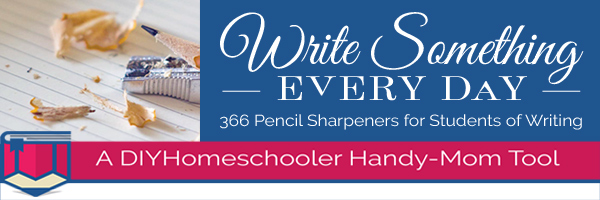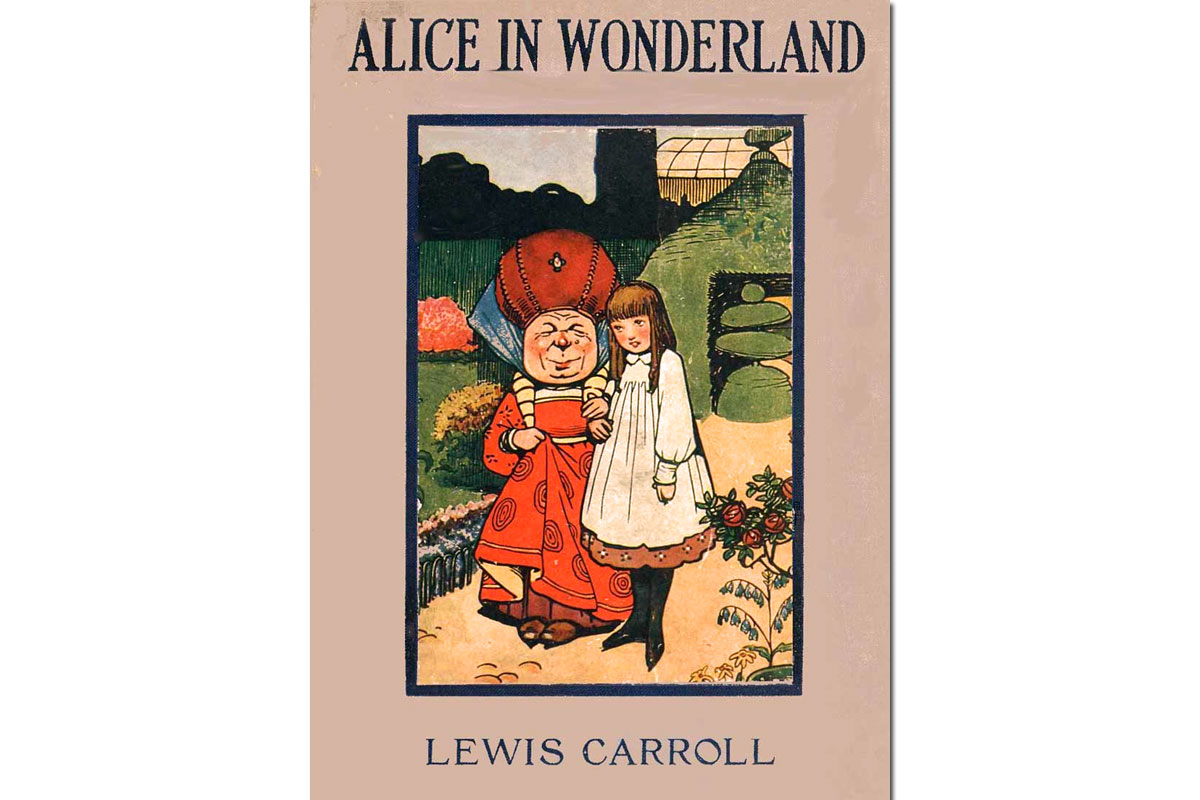
How do we learn most things? By doing them. Then when we have that experience under our belts and have a familiarity with them, we are ready to “talk” about them.
So it is with math. Before we can discuss abstract operations such as “addition” and “multiplication,” we need to have a hands-on experience with numbers.
Children grow through three modes of thinking about arithmetic. When you understand these three modes you can easily make numerous day to day decisions about teaching. Should your child learn to recite numbers to 100 now? Does she need drill on multiplication tables or more real-life examples? You can have confidence in making these decisions.
Dr. Ruth Beechick, An Easy Start in Arithmetic
Arithmetic for Young Children by Horace Grant, aimed at children ages 3 to 7, takes this approach.
Arithmetic is commonly learned by rote, and is never thoroughly learned; it is almost always an unpleasant task both to teacher and pupil, and conduces very little to the general improvement of the mind. An endeavor has, therefore, been made to prepare this Treatise in such a manner that the pupils shall be entertained in their progress, and shall be led on to discover most things for themselves, and to exert and improve their mental faculties.
With this in mind, the student begins in “the manipulative mode” of learning math, using “counters, pebbles, beans, and small shells. A variety of any kind of small objects, such as wooden cubes, buttons, marbles, nuts, nails, and bits of stick or cork, will also answer the purpose.” The teacher then leads the child through a scripted lesson “so fully worded, and the directions respecting them…so minute, that it is scarcely possible for any teacher, however inexperienced, to go wrong.” (Comforting words for some of us homeschool moms beset with math anxiety!)
At first, and for the youngest students, the lessons are kept “exceedingly short; two or three questions will be enough at the commencement, and the lessons may be gradually extended to five minutes. With older pupils the lessons may be lengthened by degrees to ten minutes, or, at the utmost, to a quarter of an hour.”
That’s it! Even for the seven-year-old using the book, no more than 15 minutes will suffice for math lessons that will build a foundation that will serve that child for the remainder of his life! (The concept of keeping lessons short will resonate with those familiar with Charlotte Mason.)
Practically every item in the first grade curriculum can be taught using real-life methods. In fact, they are better taught in real life, including games, than in daily sit-down arithmetic lessons.
Dr. Ruth Beechick, An Easy Start in Arithmetic
Arithmetic for Young Children works its way through weights and measures, and word problems, all using the manipulatives.
For those who appreciate Dr. Beechick’s experience and advice but prefer the hand-holding that a scripted math text provides, Arithmetic for Young Children provides an incredible answer!
Free eBook:
Additional Resources

An Easy Start in Arithmetic by Dr. Ruth Beechick
Targeting parents of children in grades K-3, this title explains how children learn math — progressing through manipulative, mental image, and abstract modes of thinking — and then provides a course of learning and suggestions for teaching math for each grade. Excellent tutor for the homeschool handy-mom. (Can also be purchased as one of The Three R’s.)
Keep Reading
First Number Book ~ Free Download
First Number Book ~ Free Download — The Finds — Beautifully illustrated downloads of the numbers 0-10 to create a first number book.
Interactive Abacus Freebie
Sometimes you just have to see it in action. If this describes your child, you might enjoy this free interactive abacus. Most children go…
8 Ways to Supplement Your Math Program
There are always ways to make the one you are using more effective. Here are 8 ways you can supplement any math program you…













You must be logged in to post a comment.